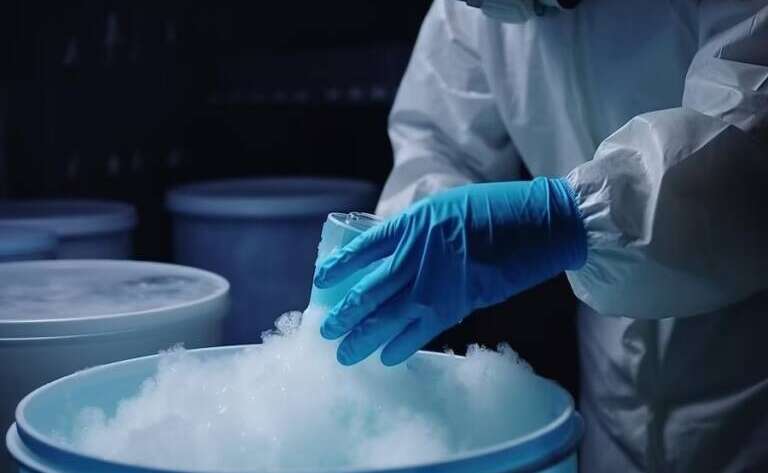Cryogenics products contain cryogenic liquids that turn into gases under ambient temperatures.
The word cryo- means “cold” and –genic means “producing”. Although cryogenic science is under the faculty of physics, it has wide applications in the field of medicine, materials science and electronics.
Due to the changes in the state of matter with temperature change, the operations…









